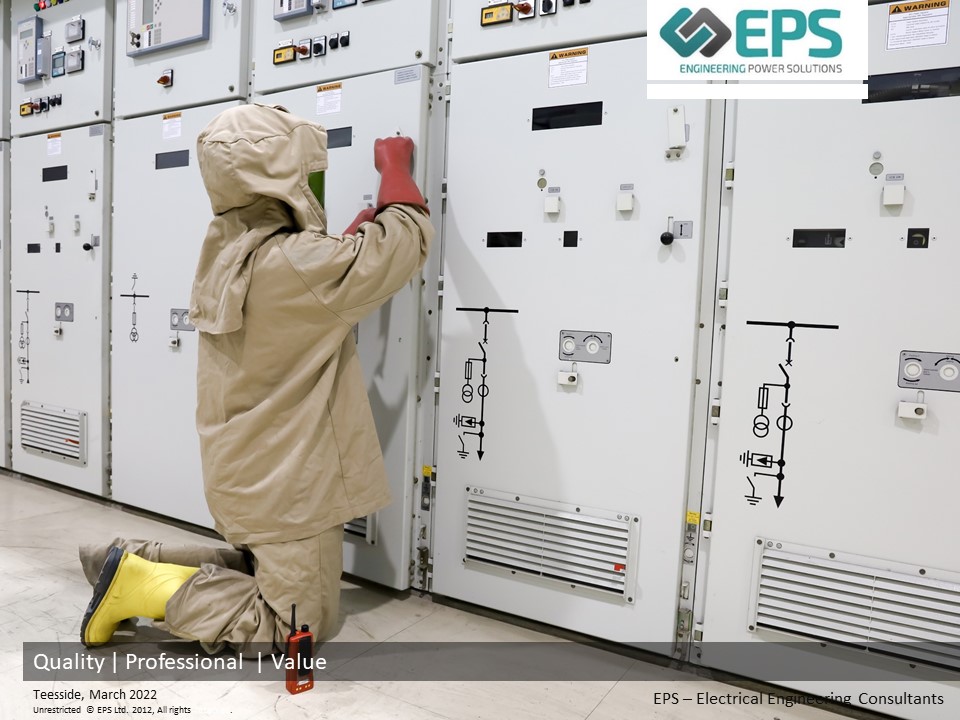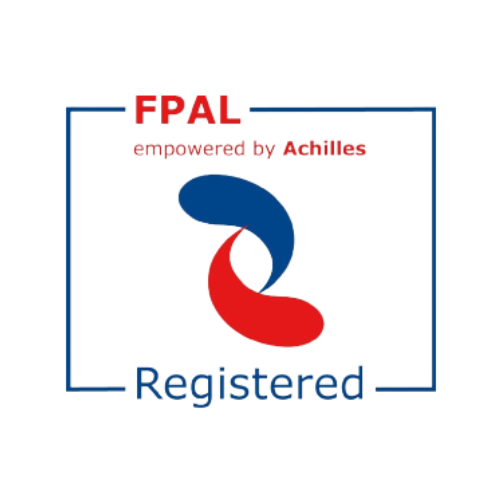Power system studies are carried out in order to anticipate how a power system will respond if faced with unforeseen events. There are several different types of power system studies which we described in a previous blog post. In this article, we want to focus on arc flash studies in particular, and its role in the energy and/or manufacturing sectors.

What Is An Arc Flash Study?
An arc flash study aims to identify the risks and hazards associated with the possibility and severity of an arc flash occurrence. An arc flash can have a serious negative impact on a power system and pose serious health risks to personnel working in the vicinity.
Once the arc flash hazard and risks are identified, it’s possible to adopt measures to reduce the likelihood of an electrical arc flash occurring, and or to limit / prevent equipment damage and injury.
What Steps Are Taken To Undertake An Arc Flash Study?
The general steps undertaken for any arc flash study generally involve:
- Collect power system data
- Create power system model
- Perform load flow, short circuit and arc flash calculations
- Assess the existing protection
- Determine how arc flash energy can be reduced or eliminated
- Produce Arc Flash Energy report
- Carry out a practical Risk Assessment for each switchgear
- Produce Risk Assessment report
- Provide training
- 5 year review
As shown above, there are several steps involved to determine the arc flash energy levels around a power system network. An important factor that’s often not considered in an arc flash study, is to determine all possible power generation scenarios and or network configurations to ensure that the worst case incident energy level is calculated.
A common misunderstanding is that the maximum power generation or the ‘highest short circuit’ level is the worst-case scenario, this is not always true as low short circuit levels can delay the operation of an IDMT protection relay and therefore more energy is released over a longer period resulting in high arc flash energy levels. The calculated arc flash results are expressed in calories / square centimetre (Cal/cm2), in correspondence with the ratings given to PPE.
Because power systems consist of multiple pieces of equipment, it’s important that incident energy is calculated on a case-by-case basis using the following guides and standards:
- NFPA 70E – 2021
- IEEE 1584 – 2018
- IEEE 1584 .1 – 2013
Although these guides and standards listed above are American there are no specific arc flash standards written for the UK. However, the American standards are widely accepted and adopted within the UK for performing arc flash calculations and guidance.
To calculate the impact on each type of switchgear, the electrical network is modelled using power system modelling software. This software includes factors such as the dimensions of each cubicle, the free space contained within and the orientation of the busbars. All of these factors have an impact on the calculated arc flash energy result.
As part of the risk mitigation process, it’s important to involve staff members that operate the switchgear or work alongside switchgear. They should be informed and understand the potential hazards and the strategies put in place to prevent or limit a potential arc flash hazard. Arc flash awareness training should follow any arc flash study to ensure that staff understand the associated hazards and risks.
Find Out More
At EPS, we specialise in conducting arc flash studies and power system modelling for both low and high-voltage systems. Within our comprehensive list of products and services you will find the complete arc flash solution from collecting onsite data to arc flash awareness training. Please get in touch for more details.










